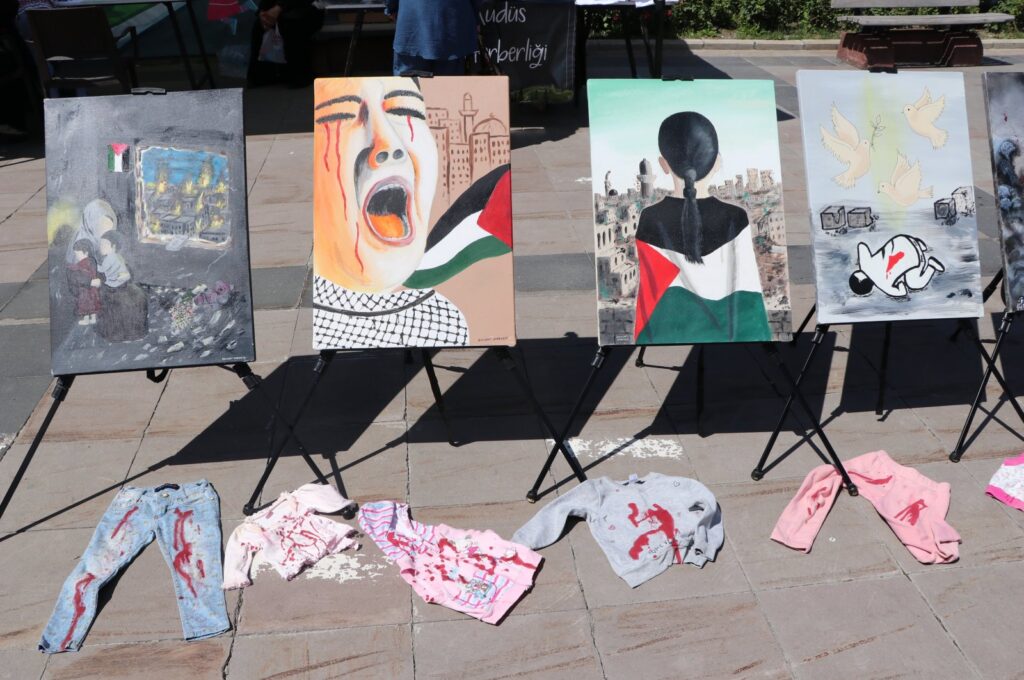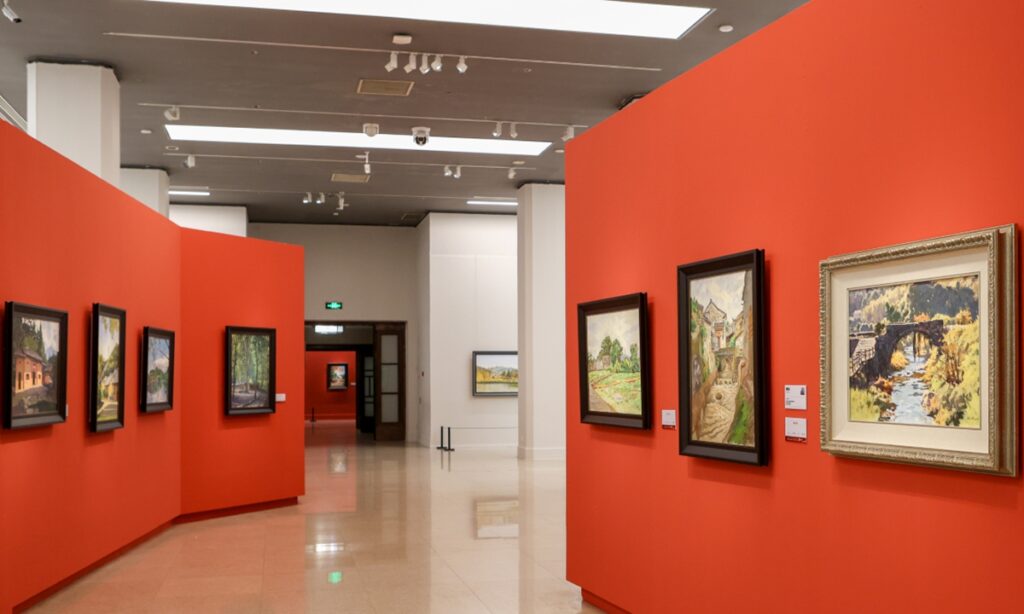
Pompeii (AFP): A lavish painting of a mythological scene was among several newly discovered frescoes revealed Friday by archaeologists excavating the ancient Roman city of Pompeii.
Still astonishingly colourful some 2,000 years after the city was wiped out by the eruption of Mount Vesuvius, the frescoes were unearthed during restoration work around the mansion of the House of Leda.
The most striking depicts a scene from the Greek myth of Phrixus and his twin sister Helle, as they fled their stepmother Ino on the magical ram with the Golden Fleece.
Phrixus sits astride the ram while his sister is seen falling into the water, “two refugees at sea from ancient Greece”, noted Gabriel Zuchtriegel, director of the Pompeii archaeological park.
The fresco is painted as if it were a framed picture, hung on a yellow wall. Others depicting still life images and several portraits of women have also been newly revealed.
Excavations at the House of Leda, which began in the 18th century and were relaunched in 2018, aim to reconstruct a complete plan of the site.
The frescoes are being cleaned to remove the volcanic ash that blanketed Pompeii when Vesuvius erupted in 79 AD, and will then be restored.
Many of Pompeii’s buildings — and even some bodies of the estimated 3,000 victims — were perfectly preserved after the eruption.
Pompeii is now a UNESCO World Heritage Site and the second most visited tourist site in Italy, after the Colosseum in Rome.








